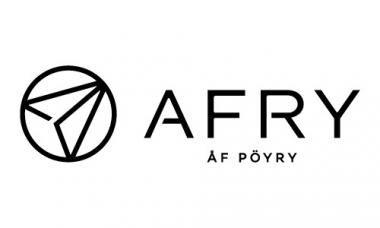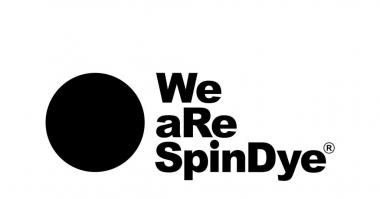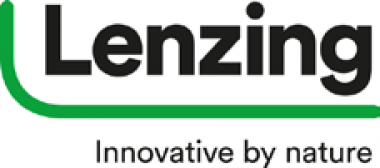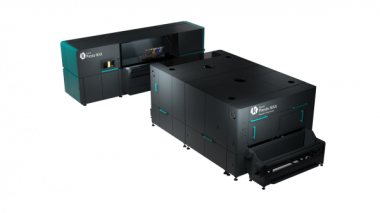Intertextile Shanghai Home Textiles returns in August 2022
Intertextile Shanghai Home Textiles – Autumn Edition is scheduled to hold its 28th edition at the National Exhibition and Convention Center from 15 – 17 August 2022. This leading international trade fair in Asia for home and contract textiles will continue to provide an essential business platform for the industry to meet global sourcing demands. Suppliers can now apply for a booth with an early-bird discount to showcase their trending products.
Ms Wendy Wen, Senior General Manager of Messe Frankfurt (HK) Ltd commented: “We were pleased that both the Spring & Autumn editions could go ahead in 2021 to provide a strong platform for exhibitors and buyers to do business and network in person during these challenging times. To allow for global participation in the show, we will continue to offer value-adding digital solutions in the coming Autumn Edition to help international participants to stay connected with their Chinese business counterparts and open up new possibilities into the growing Chinese market. Interactive webinars, live streaming product presentations, plus the featured Online Business Matching platform, will all be featured again in the hybrid fair, along with a variety of concurrent onsite events for in-person visitors.”
The August fair is preceded by the Spring Edition which will be held from 14 – 16 April. It will take place concurrently with Intertextile Shanghai Apparel Fabrics, Yarn Expo, CHIC and PH Value at the same venue.
A place for the entire home textile industry to connect
The 2021 Autumn Edition welcomed 20,106 trade buyers from 41 countries & regions and 749 exhibitors from 10 countries & regions during the three-day fair. The show also saw the return of the Belgium Pavilion, where it once again introduced a selection of high-end and premium products in its 10th consecutive year of participation.
In order to allow buyers to benefit from a time-saving and effortless sourcing experience, Intertextile Shanghai Home Textiles 2022 will once again serve as a hub for an array of home textile product categories, including:
- Bedding, Bath, Kitchen & Table
- Upholstery & Sofa Fabrics
- Curtains & Curtain Fabrics
- Carpets & Rugs
- Wall
- Design & Technics
- Whole Home
- Editors
- Contract Business
Intertextile Shanghai Home Textiles Home textiles Interior textiles Messe Frankfurt
Messe Frankfurt (HK) Ltd.
































